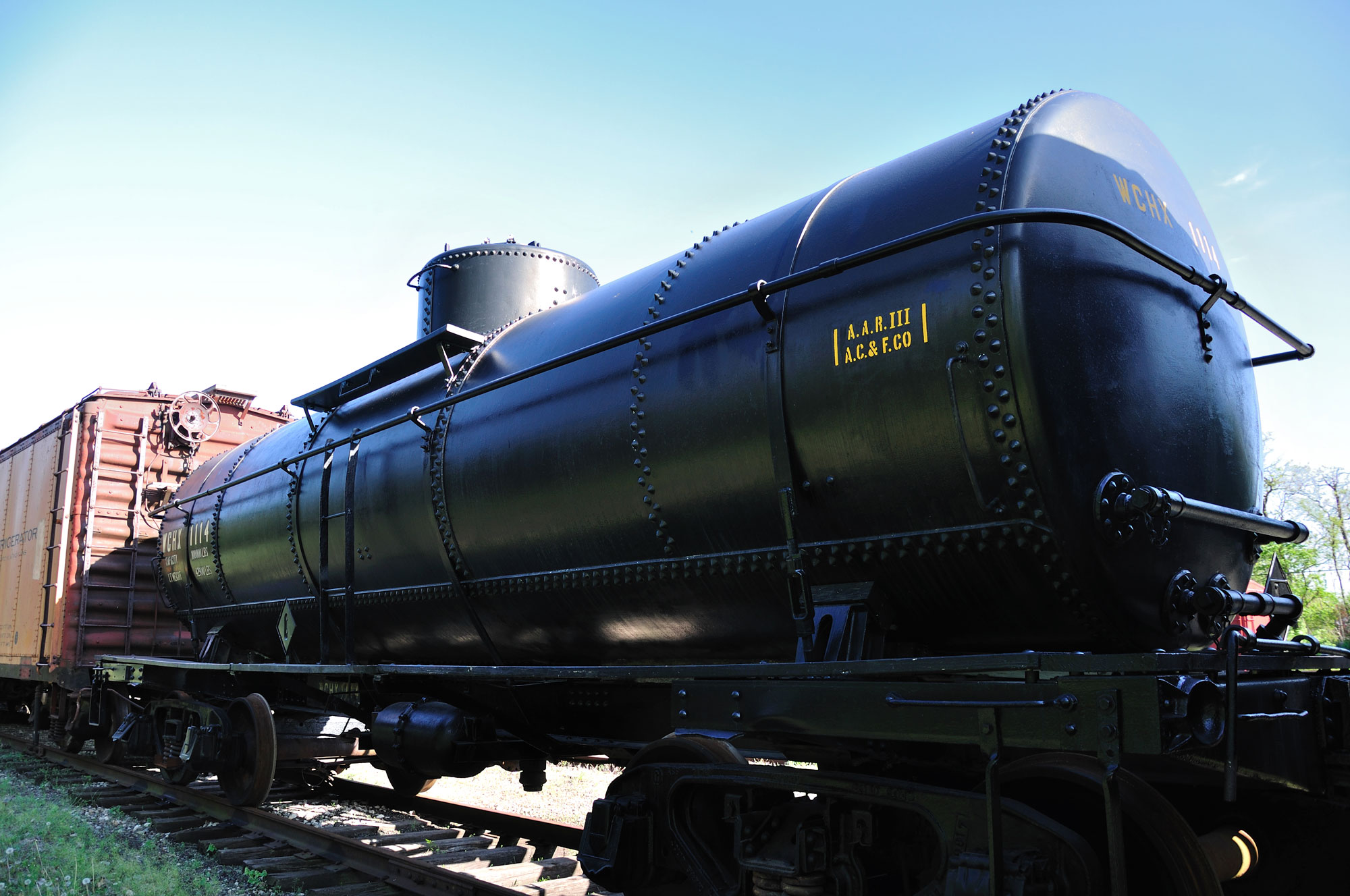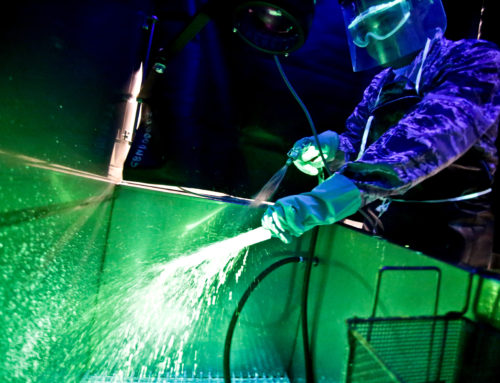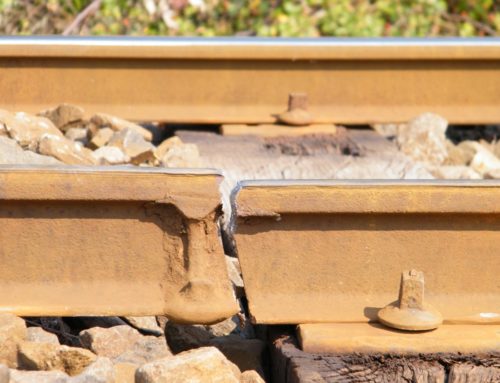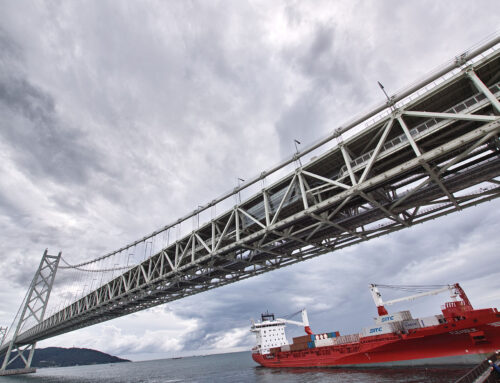In 2006, a train pulling tanks cars loaded with denatured ethanol derailed when passing through New Brighton, Pennsylvania. Twenty-three of the cars derailed when passing over a bridge atop the Beaver River, and many fell into the water. At least twenty of the cars spilled their contents, and the ethanol caught fire. The surrounding town was evacuated as the fire grew and burned for two days. Excess ethanol leached into the water and the nearby soil. Although the National Transportation Safety Board determined that the accident had been caused by a derailment, the quality of the tank cars was also called into question by the media.
The tank cars involved in the derailment were DOT-111 models. In several derailment cases throughout Canada and North America, the tank model has been shown to have significant weaknesses in terms of structural integrity. Although the New Brighton accident was not attributed to defects in the tank cars, the damage caused by the accident could have been minimized had the tanks been better able to resist damage and retain their contents, a critical safety factor when considering the fact that the cars are frequently used to transport hazardous liquids, like ethanol.
Because DOT-111 tanks will likely stay in use for years to come, due to financial restraints and to their high level of prevalence on the tracks, companies look to nondestructive testing to ensure that the tank cars are structurally sound. Tank cars must be regularly tested for defects like fatigue cracks, stress risers, and weld defects. NDT methods are used to inspect a tank car’s structural integrity and monitor the thickness of each facet of the car, such as the shell, the head, transverse fillet welds, longitudinal fillet welds, and tank shell butt welds. Magnetic particle testing, liquid penetrant testing, radiographic testing, ultrasonic testing, visual and remote visual testing are all used to help companies ensure that their tank cars are sound enough to travel railways.







Hey
To be honest your article is informative . I search many site to know about Hazardous Materials Inside but I didn’t get the information I needed.
I saw your site and I read it. I got some new information from here. It is beneficial for many more like me.